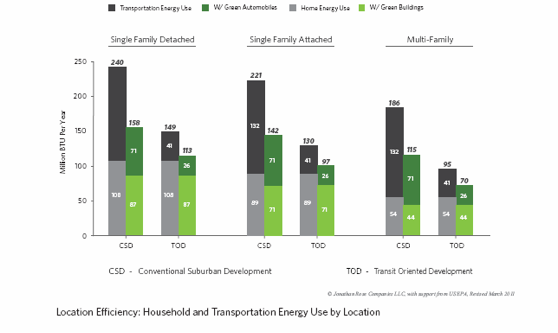By Elisa Wood
May 25, 2011
The title of this blog might strike you as kind of weird, especially this week. After all, the Electric Power Research Institute made the news with a study showing that smart grid is going to be far bigger than we first thought.
Smart grid in simplest terms brings to the electrical grid the digital intelligence of computers and the Internet. Just seven years ago EPRI expected smartening the grid to cost $165 billion. But its new report says that the 20-year investment may be nearly three times as high, $476 billion. That’s a lot of new business for utilities, information technology companies, smart grid vendors, engineering firms, demand response providers, and the myriad of other enterprises that can help with this massive rebuild and reboot of the US power system.
Most important, the benefits to society will far outweigh the costs, possibly amounting to $2.028 billion, EPRI says. To put that in perspective, if we do not smarten the grid, the average electric bill will probably rise by 400 percent over the next two decades; if we do, it will likely go up by only 50 percent, according to Clark Gellings, EPRI fellow, quoted in a Fox News article.
Smart grid will bring enormous efficiency and new function to the way we generate, distribute and use electricity. I won’t go into details here but imagine (if you are old enough) the capabilities of today’s home computers compared with the typewriters they originally replaced. That’s the kind of technological leap smart grid promises for the entire electrical system.
So why has EPRI pushed up its estimate of smart grid costs? Inflation played a role. But the larger reason is that smart grid, well, just keeps getting bigger. Initially energy planners envisioned smart grid bringing better efficiency, reliability, security and other features to power production and delivery. But they’ve realized that smart grid can do a lot more than that. Smart grid can help integrate renewable energy, cut our electricity use, exploit full potential of the electric car and create new power storage opportunities.
Smart grid even appears to be paving the way for consumers to manage their energy use through energy home automation – should it take off. Skeptics say it won’t. They doubt any but hardcore conservationists or Scrooges will want to get into the nitty-gritty of aligning their home energy use with the rise and fall of power prices daily. But again, going back to the home computer analogy, the common refrain 30 to 40 years ago was that few people would bother buying a home computer. Maybe a computer would have value for writers, engineers or those with home offices. But otherwise why spend the money? And today, of course,hardly an American is without one. Most of us did not envision how much the computers could offer us back then; we may be short-changing smart grid the same way.
So now that I’ve explained the wonders of smart grid, why do I say I look forward to its demise?
Not long ago I listened to a Green Builder Media’s webinar with Guy Kawasaki, a VC and author of Enchantment: The Art of Changing Hearts, Minds, and Actions. Kawasaki talked about the kind of customer service and marketing that makes a business ‘enchanting.’ One word of advice, he said, is that builders should stop marketing themselves as ‘green.’ Why? Because being green, he said, is no longer a service that is above and beyond customer expectations. Its commonplace; the perception is that every builder is green or at least should be. (Note that he lives in California.)
Some day this will happen to smart grid. The big box stores will stop slapping ‘smart’ on appliances, since they will all be smart. Utilities will no longer install smart meters. Just meters. Studies will no longer appear measuring the size of the smart grid. Its intelligence no longer an oddity, we’ll drop the ‘smart’ adjective. When the smart grid simply is the grid, then this industry will have arrived.
See “Exporting US Energy Efficiency,” by Elisa Wood and Lisa Cohn athttp://www.realenergywriters.com/products/.






